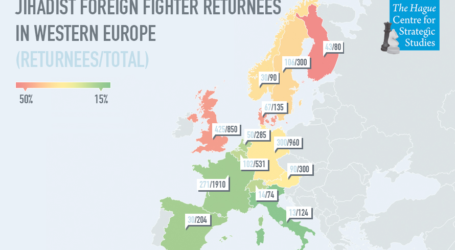15 febbraio 2018. Il califfo è vivo. A Dar el ezor, west Siria. Il nuovo modello di propaganda dello Stato islamico sulla Sunnah del profeta
Through its prolific propaganda, the self-declared Islamic State (IS) seeks to attract new recruits, motivate existing members, and assert the group’s legitimacy. This study addresses the question of how IS attempts to legitimize itself through its official rhetoric by exploring its invocation of religious authority via reference to sacred Islamic texts. The study focuses on a specific category of religious scripture: the collected words and actions of the Prophet Muhammad, known as the hadith. The body of hadith has historically served as a bridge of authority from past to present, linking later individuals and groups to the legacy of the Prophet. Related studies have demonstrated that within the Arabic-speaking community in general, citing hadith and Qur’an is an everyday rhetorical strategy for argumentation across all topics, secular and sacred. This article takes an in-depth look at the hadith quotations included in a sample of official IS propaganda to compare the relative frequency of specific themes and to determine which hadith compilations IS publicists prefer. The study compares the quotation of hadith across media platforms (videos, newsletters, and magazines), genres (print and video), and languages (Arabic and English). The findings show that IS messaging tends to quote hadith from canonical Sunni collections. The study highlights important differences between English and Arabic language propaganda, noting in particular that English-language propaganda focuses more on apocalyptic prophecies than Arabic-language materials. segue su richiesta…






